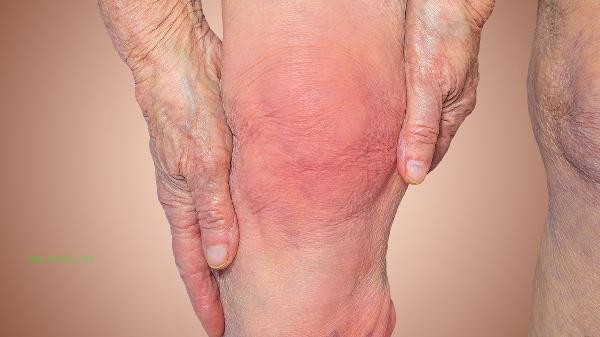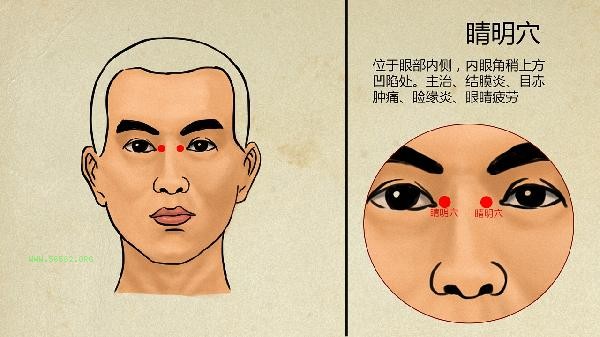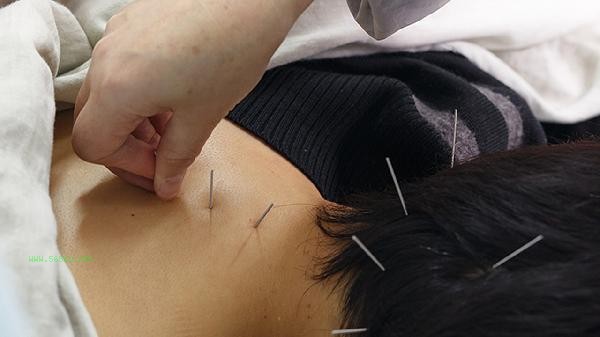Liposuction surgery carries certain risks, which can be life-threatening in severe cases. However, by choosing a reputable medical institution, conducting thorough preoperative assessments, and providing strict postoperative care, the risks can be significantly reduced. The risks of liposuction are mainly related to factors such as anesthesia, infection, and fat embolism.
1. Anesthesia risk
Liposuction surgery usually requires general anesthesia or local anesthesia, and anesthesia itself may cause allergic reactions, respiratory depression, arrhythmia, and other problems. For people with underlying diseases or sensitivity to anesthesia drugs, the risk is higher. A detailed physical examination should be conducted before surgery, including electrocardiogram, blood routine, liver and kidney function, etc., to ensure that the physical condition is suitable for the surgery. The anesthesiologist needs to adjust the anesthesia plan according to the specific situation of the patient and closely monitor vital signs during the operation.
2. Risk of Infection
Liposuction surgery can create incisions on the skin, and improper postoperative care may lead to infection. The symptoms of infection include redness, swelling, fever, and worsening pain, which may lead to sepsis in severe cases. To reduce the risk of infection, it is necessary to thoroughly clean the surgical area before surgery, strictly follow aseptic procedures during surgery, take antibiotics on time after surgery, and keep the wound clean and dry. If there are signs of infection, seek medical attention immediately.
3. Risk of Fat Embolism
During liposuction, fat particles may enter blood vessels, leading to fat embolism. This is a rare but serious complication that may cause symptoms such as difficulty breathing, chest pain, consciousness disorders, and even life-threatening situations. To prevent fat embolism, it is necessary to control the amount and speed of liposuction during surgery to avoid excessive liposuction. Closely monitor the patient's condition after surgery and promptly address any abnormalities found.
4. Postoperative care
Postoperative care is crucial for reducing risks. Patients need to wear shapewear to help their skin recover, avoid vigorous exercise, and maintain a balanced diet. Swelling and bruising may occur after surgery, which are normal phenomena. However, if the symptoms continue to worsen or are accompanied by fever, timely medical attention should be sought. Regular postoperative follow-up to ensure smooth recovery.
5. Choosing a reputable medical institution
For liposuction surgery, qualified medical institutions and experienced preoperative doctors should be selected to fully communicate with each other, understand the surgical process, risks, and expected results. Avoid choosing unqualified small clinics or beauty salons to reduce surgical risks. Although liposuction surgery carries certain risks, through scientific management and strict operation, the incidence of complications can be significantly reduced. Fully assessing the physical condition before surgery, choosing a reputable medical institution, and strictly following nursing recommendations after surgery are key to ensuring surgical safety. If any abnormal symptoms occur, seek medical attention promptly to avoid delaying treatment.








Comments (0)
Leave a Comment
No comments yet
Be the first to share your thoughts!